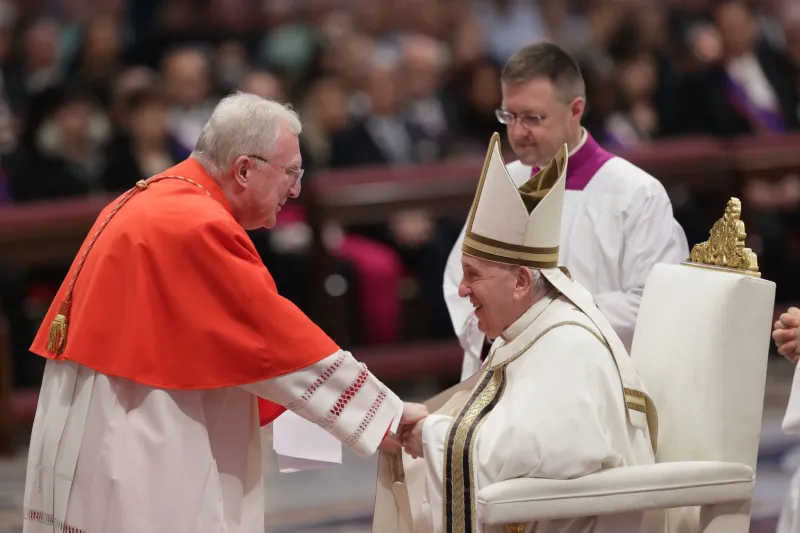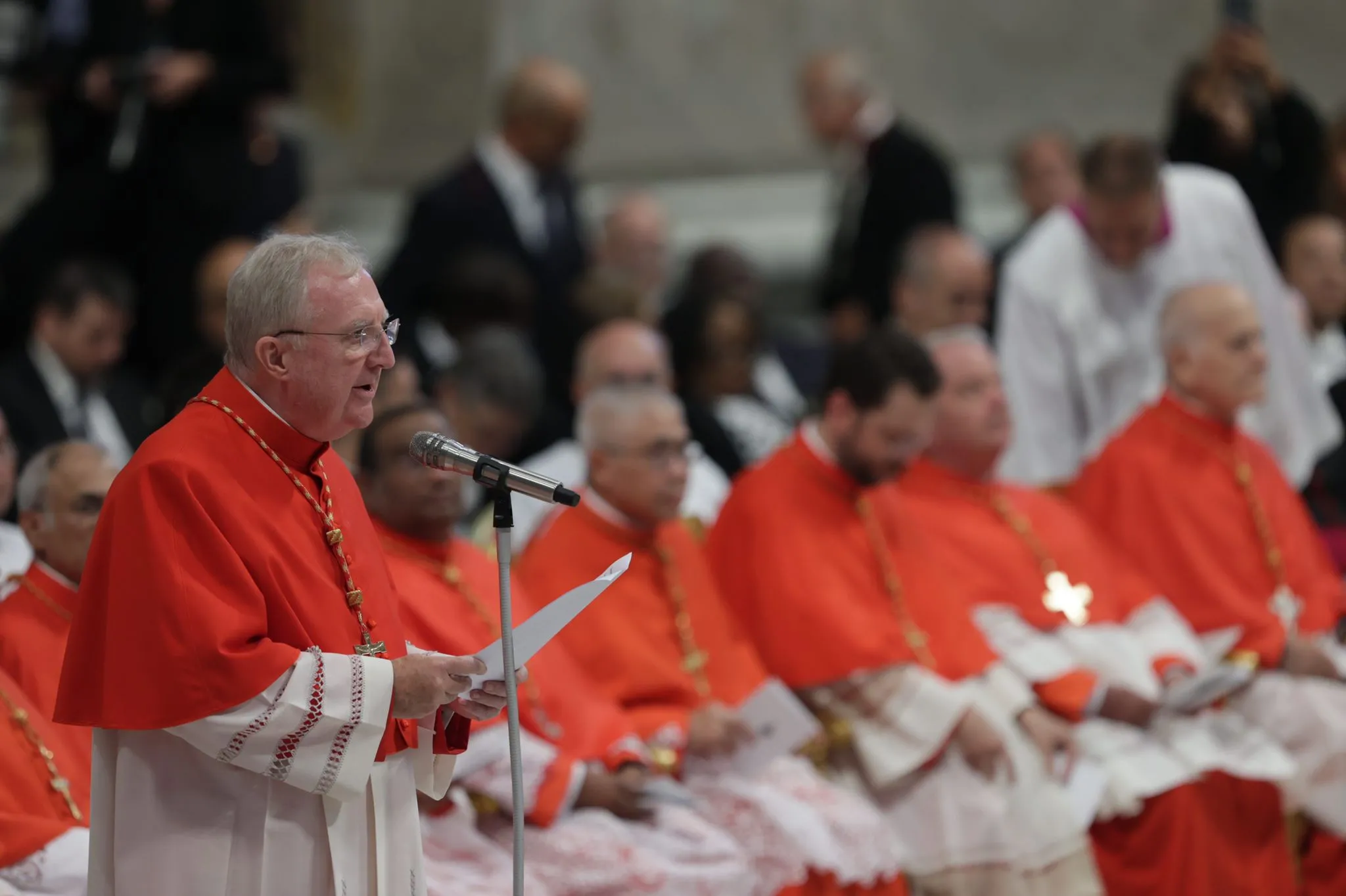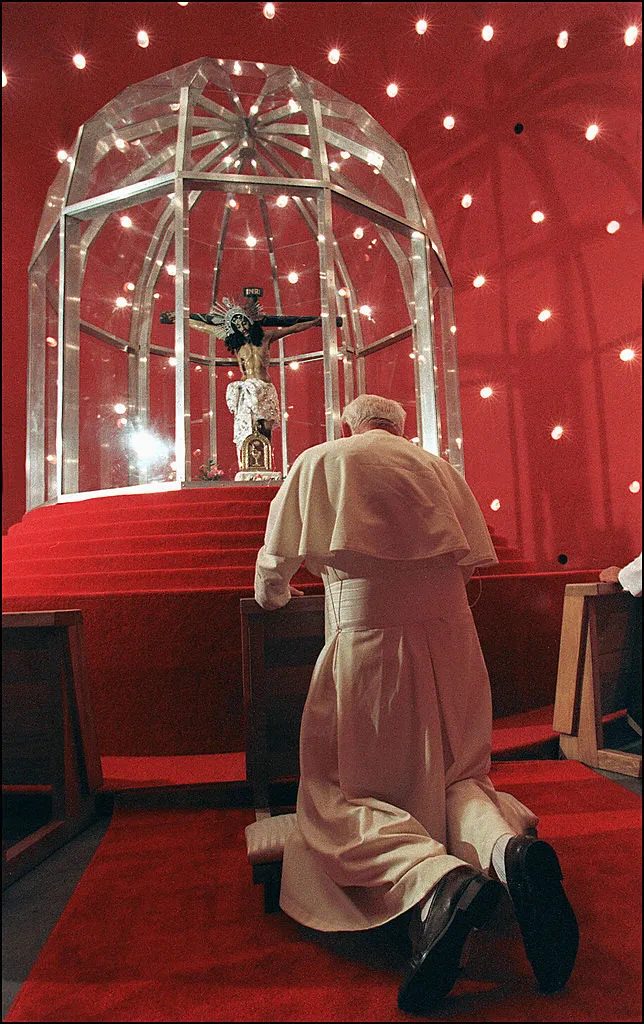Indianapolis Catholic is leading pope’s global plan to care for the earth
John Mundell considers it “an incredible honor” that he was recently chosen as the director of the worldwide effort to put Pope Francis’ encyclical “Laudato Si’, on Care for Our Common Home” into action.
Read More


 The Waste Land by T.S. Eliot is probably the most influential poem of the twentieth century.
The Waste Land by T.S. Eliot is probably the most influential poem of the twentieth century.
Recent Comments